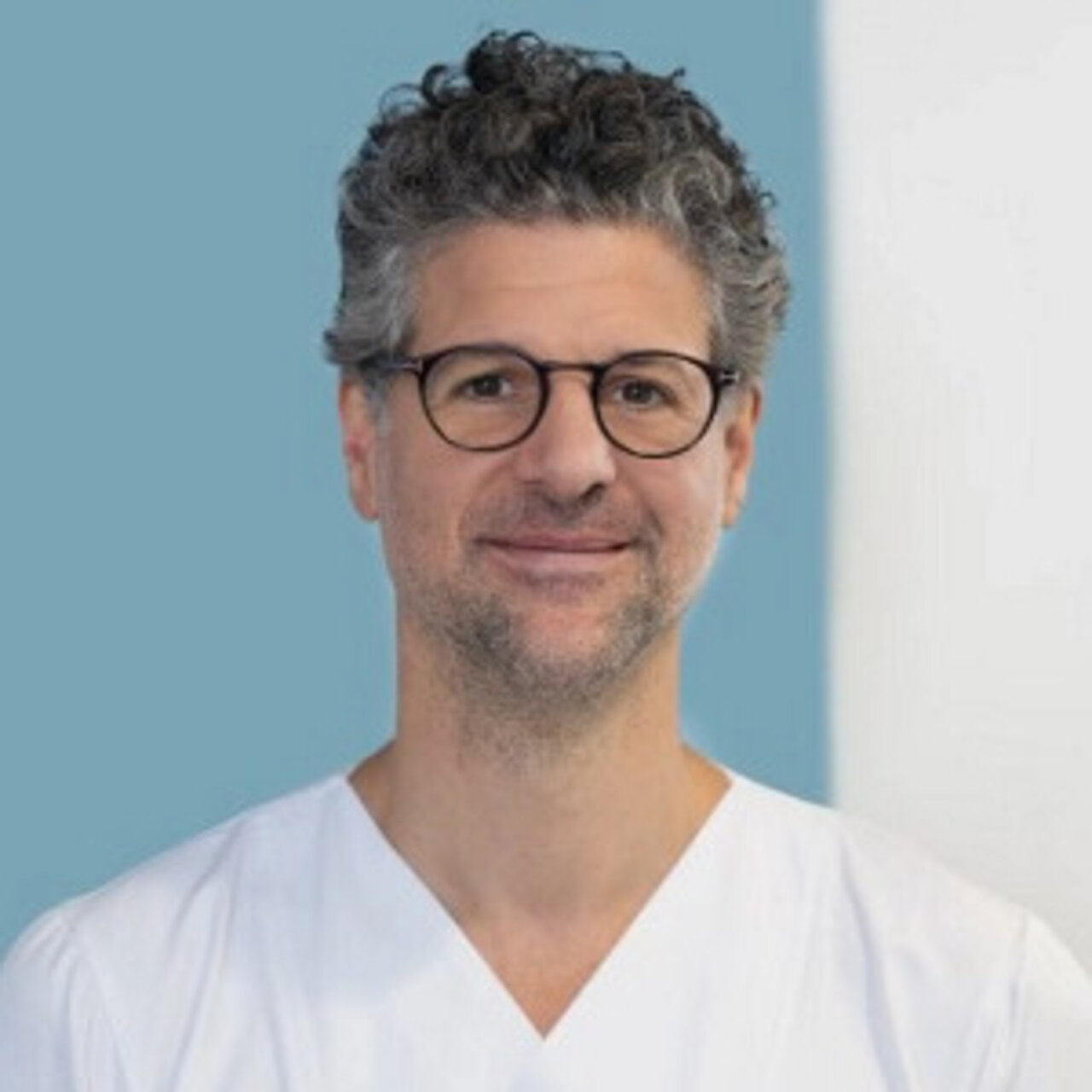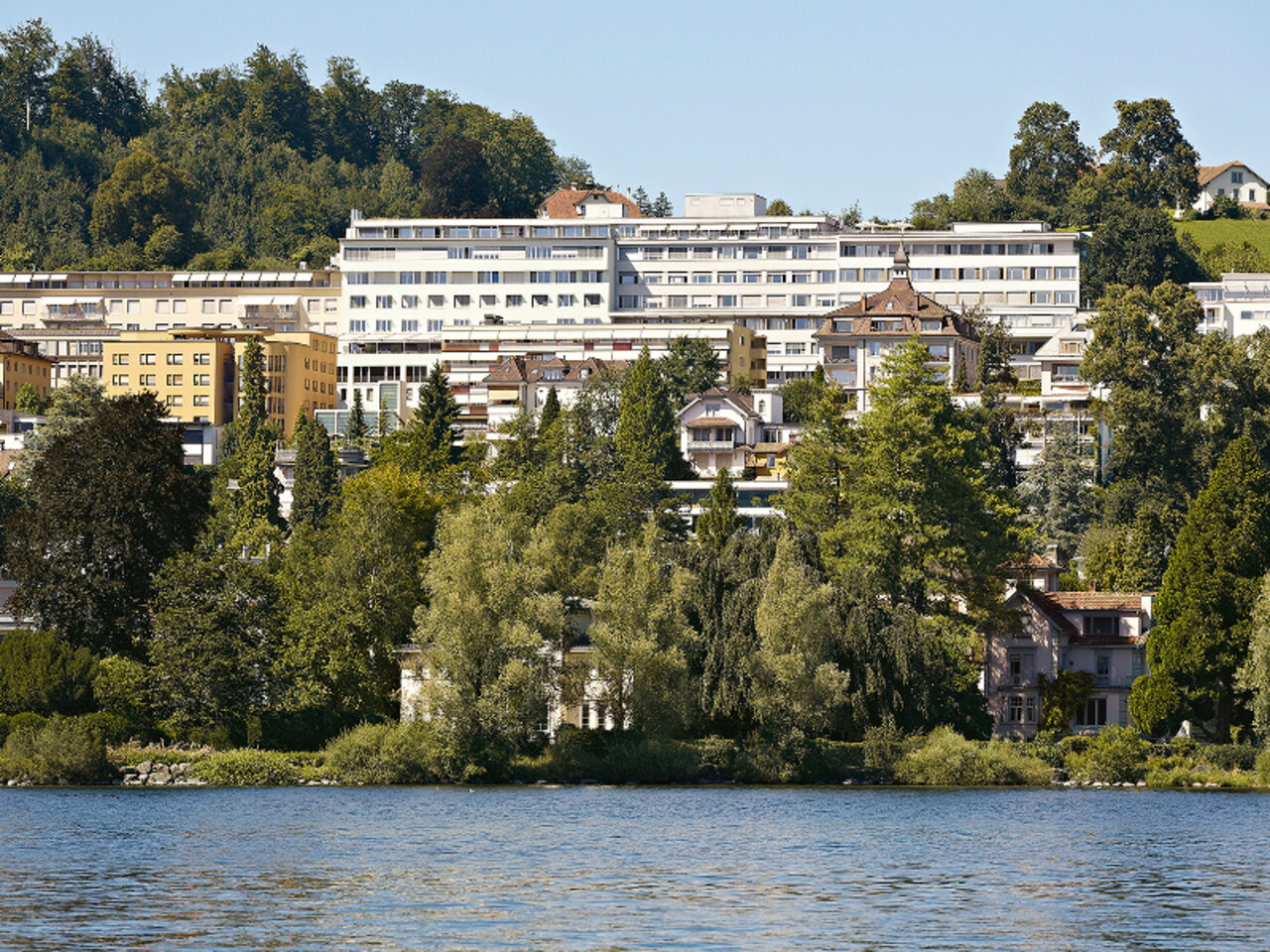Specialists in Prostatectomy
3 Specialists found
Information About the Field of Prostatectomy
Definition: What Is Prostatectomy?
Prostatectomy is a surgical procedure to remove the prostate. There are different surgical methods for removing the complete or part of the prostate. Since it is a complicated procedure with long-term consequences for the patients, research focuses on developing new, less invasive methods for prostate surgery. Which technique can achieve the patient's best result always depends on the patient’s situation and the surgeon’s experience.
When Is Prostate Surgery Considered?
A prostatectomy is considered a standard procedure for the following diseases:
- Prostate cancer: the absolute standard procedure in urology in malignant prostate cancer is a radical prostatectomy. The type of surgery and the entry depend primarily on the patient's expectations and the surgeon's experience.
- Prostate enlargement (prostate hyperplasia): partial prostatectomy (partial removal of the prostate) is often used in benign prostate enlargement (prostate hyperplasia),
Surgery Methods: Which Surgical Methods Are Available for the Prostate?
A distinction is made between partial removal of the prostate (partial prostatectomy) and complete removal of the organ (radical prostatectomy).
Radical Prostatectomy: Overview of Surgical Methods
There are open surgical techniques and minimally invasive procedures for complete prostate removal.
The open surgeries are:
- Radical retropubic prostatectomy (RRP)
- Radical Perineal Prostatectomy (RPP)
The minimally invasive surgeries are:
- Laparoscopic transperitoneal radical prostatectomy (LRPE)
- Endoscopic extraperitoneal radical prostatectomy (EERPE)
- Robot-assisted radical prostatectomy (RARP) ("da Vinci® surgery")
The RRP is carried out from the patient's abdominal side (incision in the lower abdomen). The RPP is carried out from perineal, i.e., in the area between scrotum and anus (=perineum, incision between anus and penis root). Worldwide, retropubic prostatectomy is the most commonly used technique for radical prostate removal. A surgical procedure that is becoming more significant and is gaining experience is the robot-assisted radical prostatectomy.
In radical prostatectomy, the prostate is removed along with the seminal vesicles, seminal duct, and inner bladder sphincter. The urethra, which runs through the middle of the prostate, must be cut and sutured again. Depending on the risk of tumor spread, the nearby lymph nodes in the pelvis are also removed.
The radical removal of the prostate is used in the treatment of tumors of the prostate gland. If the prostate carcinoma is limited to the gland and the surrounding lymph nodes, there is a realistic chance of recovery through the surgical procedure.
Partial prostatectomy: surgical methods
There are two main procedures used for prostate removal.
- Transurethral prostate resection (TURP, "peeling" of the proliferated prostate tissue from the urethra)
- Transurethral incision of the prostate (TUIP)
The symptoms of benign prostate hyperplasia (enlargement of the prostate) can be reduced well by these procedures, but side effects are also common. However, if men suffer from recurrent urinary tract infections or bladder stones, the process should be carried out.
In TURP, which is currently the surgical standard for prostate hyperplasia, the adequate surgical tools are forwarded through the urethra to the prostate. The prostate surrounds the urethra. Therefore, the prostate gland's inner glandular part can be reached very well transurethral (via the urethra). Benign alterations of the prostate are mainly found inside the gland, while malignant changes such as prostate cancer are mostly on the outside of the gland, so surgical removal of the prostate cancer via the urethra is not practical. During TURP, the increased glandular tissue is peeled out and removed with an electrical wire loop.
In TUIP, one or two incisions are made in the prostate, thus increasing the crowded urethra space. The procedure rarely results in heavy bleeding, but it can only be used if the prostate is not too enlarged and must be repeated.
Possible Complications and Surgical Risks After Partial Prostatectomy
Side effects after partial prostatectomy, especially TURP, are unfortunately relatively common. Retrograde ejaculation ("dry ejaculation") is more frequent. Injured muscle structures can lead to an incorrect redirection of the sperm towards the bladder. This retrograde ejaculation does not cause pain or altered sensations during orgasm, but it does reduce the fertility of the affected man. Erectile function may be impaired after TURP, but permanent disorders are rare. Another consequence of TURP is a frequent inflammation of the urinary tract and temporary incontinence (loss of control over urination).
Long-Term Results and Possible Side Effects After Prostatectomy - Advantages and Disadvantages of the Different Surgical Methods
Since the prostate is embedded in the pelvis between different organ structures, radical prostate removal is a complicated surgery. Above all, it is difficult to access from the outside and surrounded by a fine plexus of nerves, which is, among other things, responsible for erectile function and continence. Protection of these nerves and preservation of erectile function and continence is always aimed, but not possible at all times. Depending on the tumor spread and the surgeon’s experience, up to 80% of men can remain permanently impotent postoperatively.
A temporary side effect after radical prostatectomy is urinary incontinence (involuntary loss of urine). More than half of the operated men complain about temporary (weeks - months) involuntary urinary incontinence. Only 5-10% of patients develop permanent incontinence.
The different surgical techniques are comparable in their results and complication rates among experienced surgeons. Lower blood loss, the necessity of painkillers, and shorter inpatient stay are noticed in laparoscopic and robot-assisted procedures. Still, the operating time is longer, and the surgical technique is more complicated or takes longer to learn.
Recent studies indicate that potency (erectile function) and continence results (urine loss) tend to be worse with laparoscopic (minimally invasive) surgery. In robot-assisted laparoscopic procedures, the late side effects (loss of continence and potency) are less severe than after pure laparoscopic operations.
Desire to Have Children after Prostatectomy
After radical prostatectomy, the ability to father children is usually lost, since the seminal vesicles are removed as standard. If there is still a future desire to have children, patients should seek advice on the possibility of freezing sperm preoperatively.
Alternatives to Prostate Removal
As an alternative to partial prostate removal, there is the possibility of laser treatment or heat treatment (TUNA - transurethral needle ablation of the prostate). These therapies successfully reduce the size of the prostate gland as it enlarges. These therapeutic approaches are not among the standard procedures, but the therapy results to date are very satisfactory and comparable to TURP.
There are varied alternatives to radical prostatectomy for prostate cancer. The possible therapy procedures always depend on the stage of the disease, the physician's experience, and, most notably, on the patient's wishes. There is the "watchful waiting" approach, in which early stages of the disease are actively and continuously monitored.
There is also the possibility of radiotherapy, hormone therapy, chemotherapy, immunotherapy, HIFU therapy, and radionuclide therapy (PSMA therapy). Patients often receive a combination of various of these components in the treatment of their tumor disease. However, a complete cure of the tumor is usually only possible with surgical removal or radiotherapy.
Which Doctors and Clinics Are Specialized in Prostate Surgery?
Every patient who needs prostate surgery wants the best medical care. Therefore, the patient is wondering where to find the best clinic for prostate surgery.
As this question cannot be answered objectively, and a reliable doctor would never claim to be the best one, we can only rely on the doctor’s experience. The more prostate surgeries are carried out, the more experienced the doctor becomes.
Prostate surgeons are urologists who specialize in the surgical treatment of the prostate. Due to their experience and many years of working as urologists focusing on prostate cancer and prostate diseases, they are the right professionals to contact for a prostatectomy.
Sources:
Langfassung der Leitlinie "Prostatakarzinom; Früherkennung, Diagnose und Therapie der verschiedenen Stadien"
https://de.wikipedia.org/wiki/Prostatektomie
https://www.gesundheitsinformation.de/operationen-vor-und-nachteile.2073.de.html?part=behandlung-bu
https://www.krebsinformationsdienst.de/tumorarten/prostatakrebs/behandlung-operation.php
Prostataentfernung mit dem daVinci®-Operationssystem an der Urologischen Klinik und Poliklinik des Klinikums rechts der Isar der Technischen Universität München (Informationsbroschüre,www.mriu.de/pdf/MRIU_daVinci_lang.pdf )
https://www.krebsinformationsdienst.de/tumorarten/prostatakrebs/behandlung-operation.php



